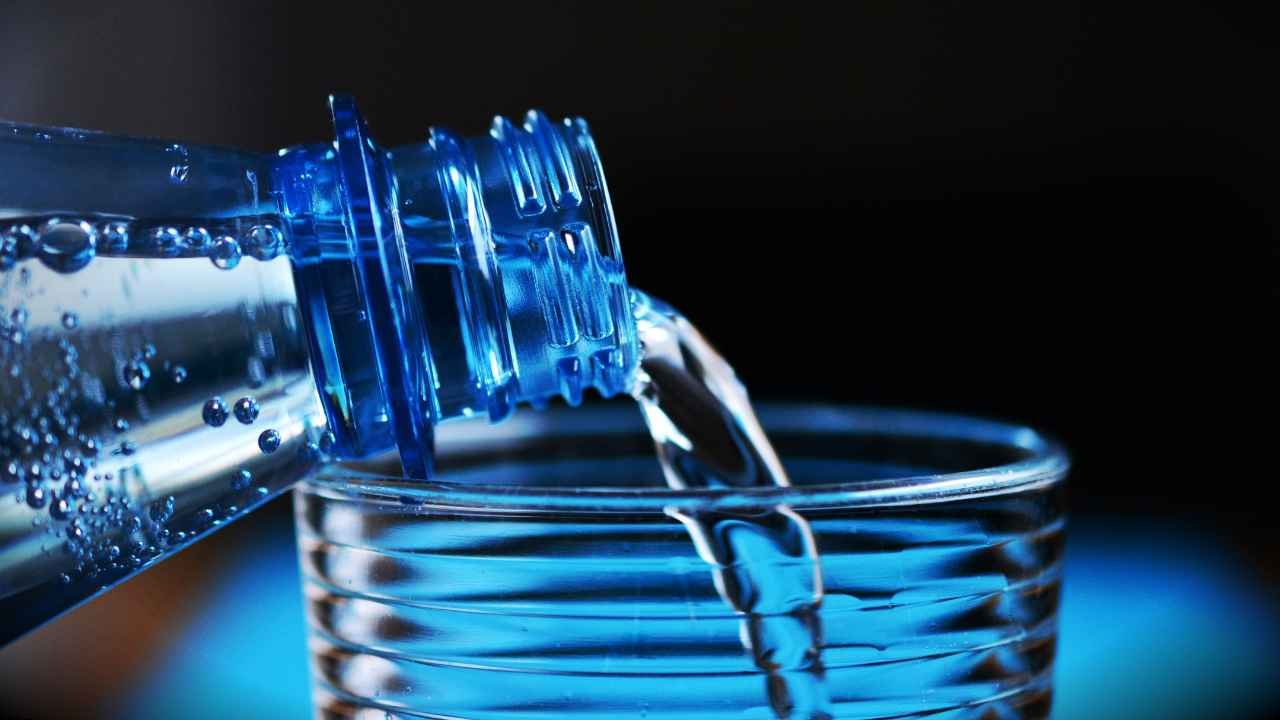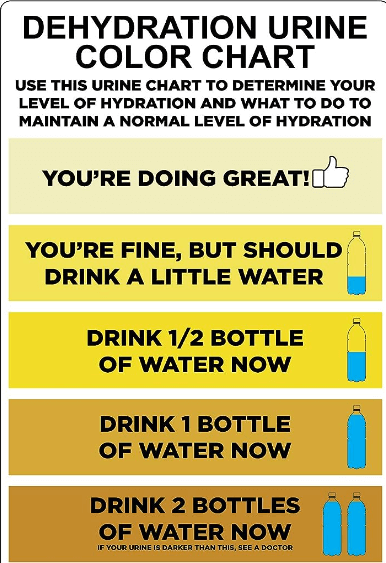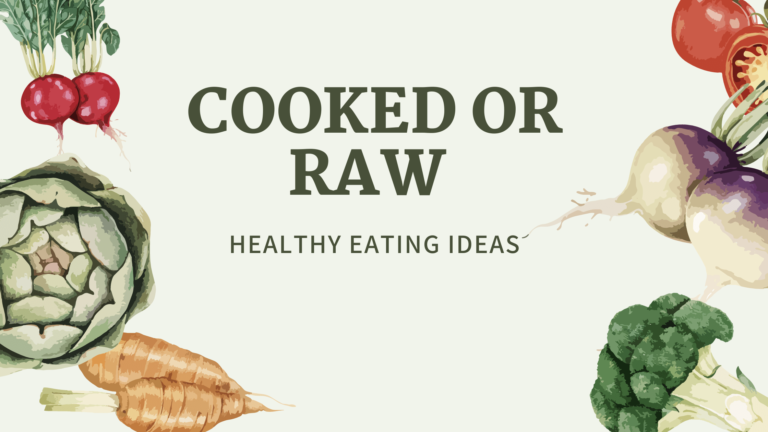How much water is too much- water toxicity & Balancing Hydration!

Discover the elusive threshold of optimal hydration as we delve into the question: “How Much Water is Too Much?” Uncover insights and guidelines for maintaining a healthy balance in your daily fluid intake.
In recent news , a tragic incident has shed light on the importance of striking a balance when it comes to hydration. While water is undoubtedly essential for our well-being, two distressing cases have highlighted the potential risks of excessive water consumption.
In this article, we delve into the stories of two individuals—one who suffered severe health complications and another who tragically lost her life—underscoring the crucial need for moderation in our quest for optimal hydration.
The Story of Excessive Hydration:
Michelle Fairburn posted on TikTok about her scary experience with the “75 Hard” challenge, which requires people to drink a gallon of water every day.
On the twelfth day of the challenge, Fairburn began to feel alarming symptoms, including nausea, weakness, abdominal discomfort, and diarrhea. These worrying symptoms prompted her to see a doctor, who diagnosed her with a severe sodium deficiency due to her drinking excessive amounts of water.
Tragedy struck when 35-year-old Ashley Summers, a devoted mother from Indiana, fell victim to water toxicity. Fearing dehydration, Summers consumed an astounding four bottles of water within a mere 20 minutes. Regrettably, this extreme act led to her collapsing in her garage and tragically losing consciousness, leaving her family devastated.
The Risks of Toxic Water:
These stories are heartbreaking and worrisome, but they are also important reminders of the dangers of overhydration. Although water is an essential part of a healthy lifestyle, drinking too much of it can upset the body’s delicate electrolyte balance, especially sodium. A variety of symptoms, including gastrointestinal distress, life-threatening illnesses including seizures, and, as was the case in these unfortunate events, even death, can result from this imbalance.
Striking the Right Balance:
The key takeaway from these sobering stories is the importance of moderation in hydration. It’s essential to listen to your body’s signals and avoid overexerting it with excessive water consumption. Rather than adhering to extreme challenges or consuming water beyond your body’s needs, strive for a balanced approach to hydration that aligns with your individual requirements.
How much water is too much : Insights and Guidelines
While water consumption is crucial for overall well-being, the lack of standardized guidelines on excessive water intake has prompted experts to delve into the nuanced world of hydration. In this section, we explore the recommendations provided by the U.S. National Academies of Sciences, Engineering, and Medicine, as well as insights from medical professionals, shedding light on the intricacies of optimal water consumption.
Related: What Happens If You Are Fasting For 3 Days (Backed By Science)
Guideline Insights for Fluid Intake:
The United States National Academies of Sciences, Engineering, and Medicine discuss daily fluid intake goals in great detail. For men, the recommended intake is approximately 15.5 cups, while women should aim for around 11.5 cups. It’s important to note that this fluid calculation encompasses not only water but also fluids derived from various food sources.
How much water is too much : While eight cups of water is a good starting point for daily hydration, it’s essential to consider fluid intake from both food and other drinks. About 20% of daily fluids come from food. According to the U.S. National Academies of Sciences, Engineering, and Medicine, men in temperate climates should aim for 15.5 cups of daily fluids, while women should target 11.5 cups. Increased intake is recommended for women during menstruation, pregnancy, and lactation.
Customizing Hydration Needs:
Dr. Adkins, a recognized expert in the field, emphasizes that there is no one-size-fits-all approach to water consumption. He emphasizes that individual factors, including body composition and hydration requirements, play a pivotal role in determining the right amount of water to drink. Therefore, it’s essential to take these personal variations into account when assessing your hydration needs.
Monitoring Hydration Status:
The color of your urine is a useful indicator of your level of hydration. Dr. Adkins recommends that if your urine appears dark, like orange or deep yellow, it might indicate insufficient water intake. Conversely, a lighter shade of yellow signifies better hydration. He also warns against excessive urination frequency as a sign of overly aggressive water consumption.
Balance and Electrolytes:
During intense physical activity, Dr. Adkins suggests incorporating electrolyte-containing beverages like sports drinks or coconut water to help maintain sodium balance. Electrolytes are vital minerals that play a role in fluid regulation and overall hydration.
The Rarity of Hyponatremia:
Dr. Adkins assures his patients that hyponatremia, which results from low blood sodium levels, is nothing to worry about. Although rare, it can arise from excessive water intake or other factors like diarrhea, extreme sweating, or vomiting.
How much water is too much: Hyponatremia is characterized by a low level of sodium in the blood. The nerves, muscles, blood pressure, and fluid balance in your body all depend on salt. A blood sodium level of 135 to 145 milliequivalents per liter (mEq/L) is considered normal. When your blood sodium level falls below 135 mEq/L, you develop hyponatremia. Source
Hyponatremia and Special Populations:
Athletes, individuals in intensive care units, and elderly patients are more susceptible to hyponatremia. Dr. Trentacosta adds that this condition can result from various factors, highlighting the importance of tailored hydration plans for these specific groups.
Treating Hyponatremia: An Approach to Restoring Balance
In the realm of health, understanding and treating hyponatremia—an imbalance of sodium levels in the body—require careful consideration and precise interventions. Dr. Adkins sheds light on the treatment methods employed, offering valuable insights into how medical professionals address this condition.
Tailored Treatment Based on Severity:
The method used to treat hyponatremia depends on how severe the imbalance is. Dr. Adkins emphasizes the significance of performing blood and urine tests in order to evaluate sodium levels and choose the best course of action. Then, the treatment plan is altered to fit the individual’s specific requirements.
Gradual Correction for Optimal Results:
In minor cases of hyponatremia, where the lack of sodium is not too bad, reducing the amount of water you drink may be enough. Given that you’re drinking less water, the kidneys help bring things back into balance. In cases that are more serious, however, medical help is needed. Doctors can slowly raise sodium levels to a safe range by giving medicine or treatment through an IV (intravenous therapy).
The Art of Balancing Sodium Correction:
It is crucial to keep sodium correction under exact control. Dr. Adkins emphasizes the significance of avoiding very quick “overcorrection,” since this may harm the neurological system. Rapid correction might endanger the health of the brain by harming the myelin, which serves as the nerves’ protective covering.
Timeline of Recovery:
The duration of recovery varies depending on the severity of the condition. Individuals with mild imbalances may witness normalization of sodium levels within a few hours of regulated water intake. Conversely, more severe cases might necessitate several days of diligent treatment before achieving optimal results.
A Case of Recovery and Adaptation:
Michelle Fairburn’s experience sheds light on the positive outcomes that can arise from appropriate treatment. Following her hospitalization, Fairburn noted a significant improvement in her well-being.
Her determination to maintain her health and fitness journey through the “75 Hard” challenge remains unwavering. However, she wisely chose to abstain from the water-centric aspect of the challenge, showcasing an adaptive approach to her goals.
Conclusion:
Striking a harmonious balance in hydration requires an understanding of your body’s unique needs and answers How much water is too much. While guidelines provide a valuable starting point, it’s essential to factor in individual variations and listen to your body’s signals.
By monitoring urine color, considering electrolyte balance, and being mindful of potential risks, you can navigate the journey of hydration with confidence. Remember, optimal hydration is about mindful moderation, ultimately contributing to your overall health and well-being.







